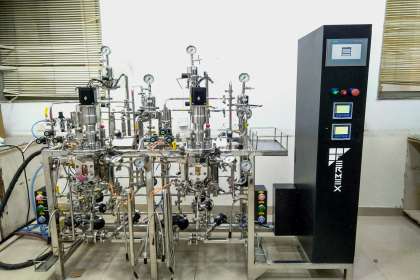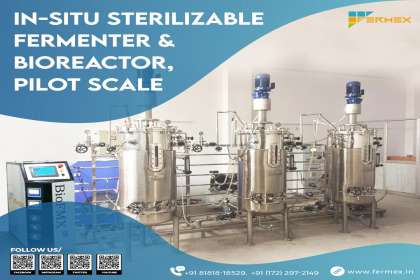
Introduction:
As the world’s population continues to grow exponentially, so does the demand for food, especially protein-rich sources like meat. Traditional meat production has significant environmental and ethical challenges, leading to the exploration of alternative protein sources. In this blog post, we will delve into the concept of alternative protein and how it is revolutionizing the food industry, offering a pathway to a more sustainable and ethical future.
The Environmental Impact of Traditional Meat Production:
The conventional methods of meat production, such as intensive livestock farming, contribute significantly to greenhouse gas emissions, deforestation, and water pollution. The heavy reliance on livestock farming also places immense pressure on land and resources, threatening biodiversity and exacerbating climate change. The need for a more sustainable approach to meat production has never been more critical.
Enter Alternative Proteins:
In recent years, the rise of alternative proteins production has gained substantial attention. These innovative sources of protein aim to replicate the taste and texture of traditional meat without the associated environmental costs. Three main categories of alternative proteins have emerged:
A. Plant-Based Proteins: Plant-based meat substitutes are made from ingredients like soy, peas, lentils, mushrooms, and other plant-derived materials. With advances in food technology, these products now closely mimic the taste and texture of real meat, making them appealing to both vegetarians and meat-eaters alike.
B. Cell-Based Meat (Cultured Meat): This cutting-edge technology involves growing real meat from animal cells in a laboratory, eliminating the need for large-scale animal farming. Cell-based meat has the potential to deliver authentic meat products without animal suffering and with a considerably lower environmental impact.
C. Insect Proteins: Edible insects are a surprisingly sustainable and nutrient-rich protein source. In many cultures around the world, consuming insects is already a part of their diet. Insect farming requires minimal resources compared to traditional livestock, making it a highly eco-friendly alternative.
Benefits of Alternative Proteins:
Embracing alternative proteins presents several benefits that can revolutionize the future of food production:
A. Reduced Environmental Footprint: Alternative protein sources generally have a significantly lower carbon footprint, requiring less land, water, and energy to produce, leading to a more sustainable food system.
B. Animal Welfare: Cell-based meat eliminates the need for raising animals in confined spaces, offering a cruelty-free solution to meat consumption.
C. Healthier Options: Plant-based proteins are typically lower in saturated fats and cholesterol, making them heart-healthy choices for consumers.
D. Diversified Diets: The introduction of alternative proteins encourages a more diverse and balanced diet, reducing the overreliance on conventional meat sources.
Challenges and Future Outlook:
While alternative proteins show great promise, there are still challenges to overcome. The acceptance of these products by consumers, affordability, and scalability are critical factors to consider for widespread adoption. Nevertheless, ongoing research, investments, and public awareness can address these challenges.
Conclusion:
The world is at a crucial juncture where the decisions we make today will shape the future of our planet. Embracing alternative proteins in our diets is not just about trying out trendy foods but represents a conscious choice towards sustainability, animal welfare, and global food security. By supporting and adopting alternative protein sources, we can pave the way for a more compassionate and ecologically balanced world. So, let’s take a step towards a greener plate, one bite at a time.
























